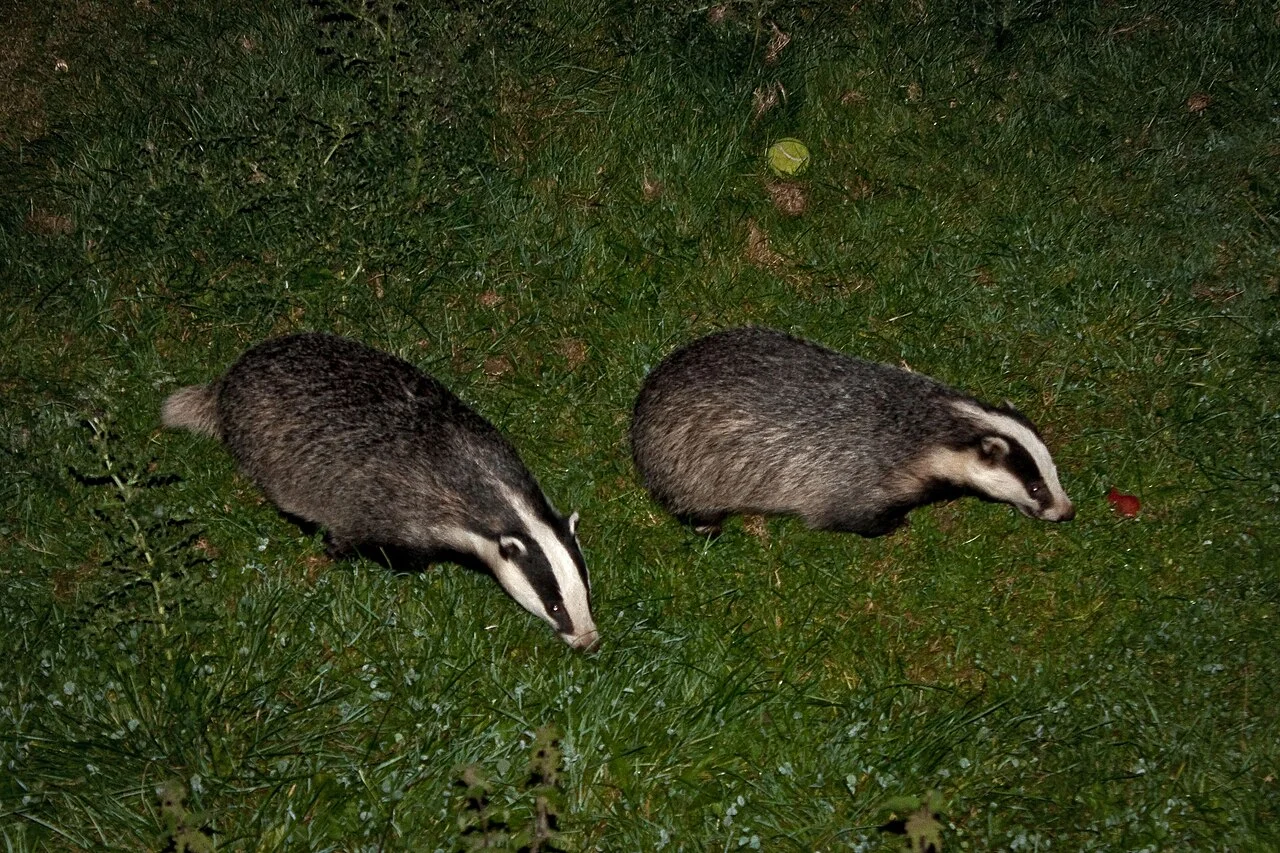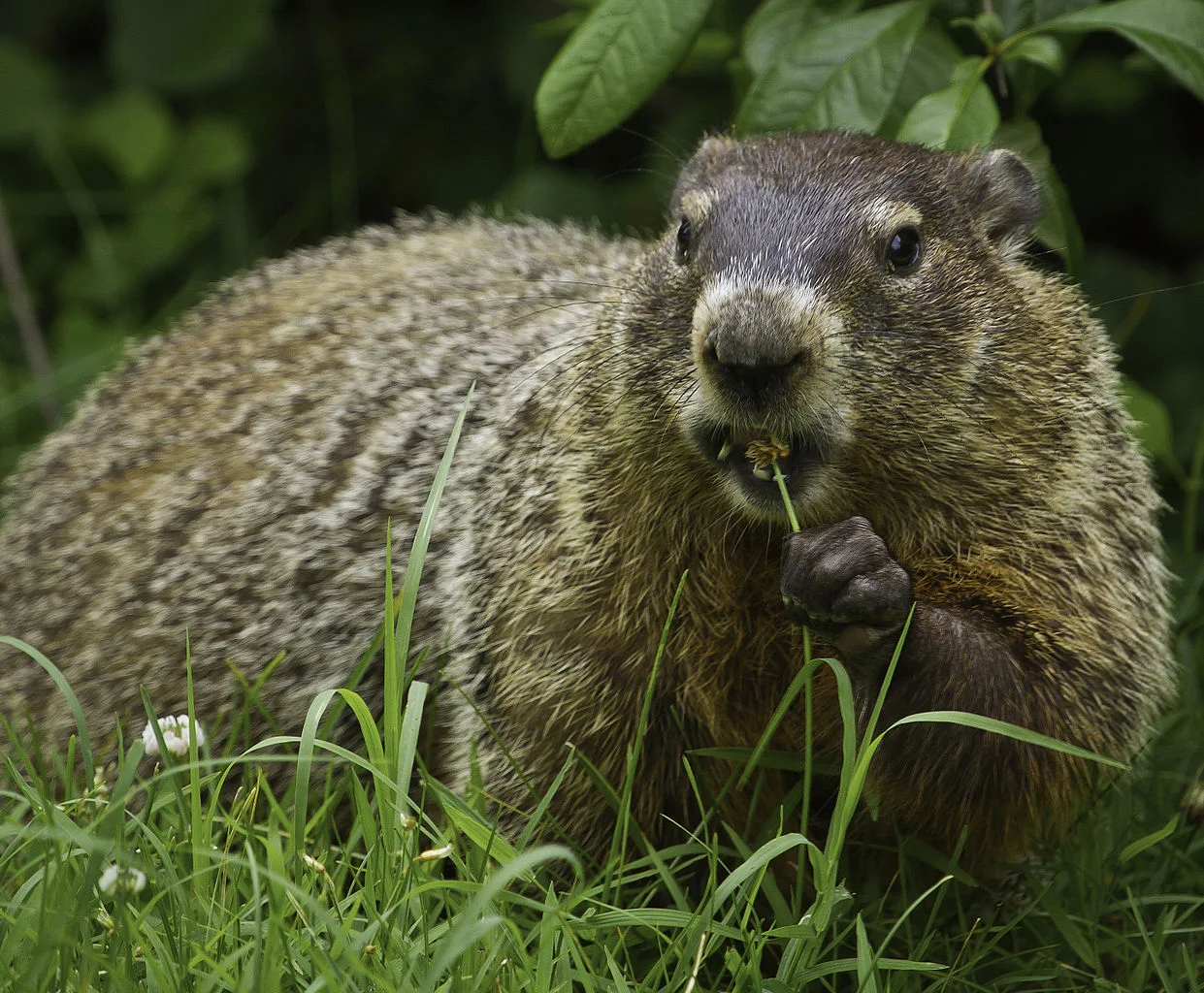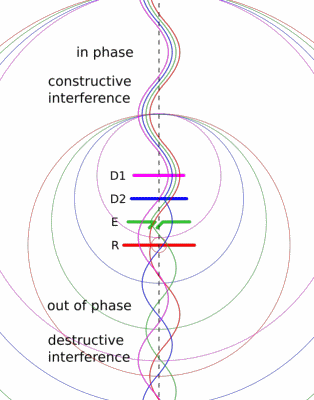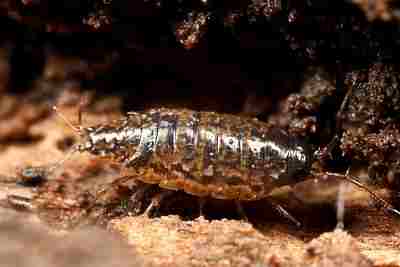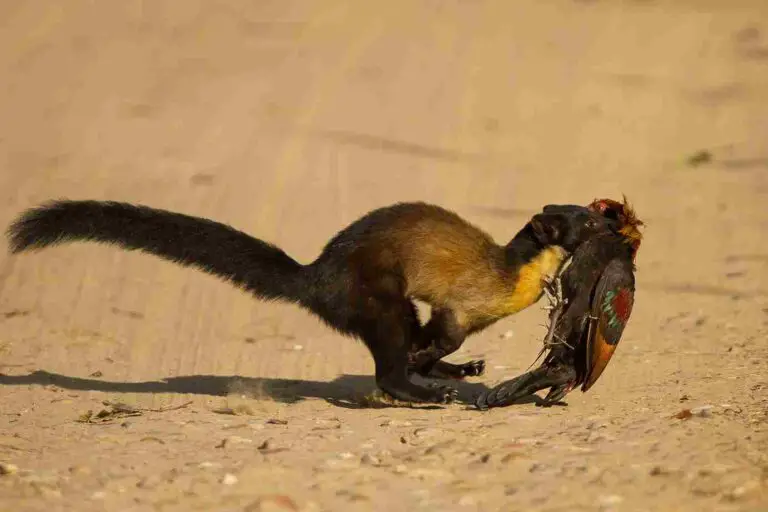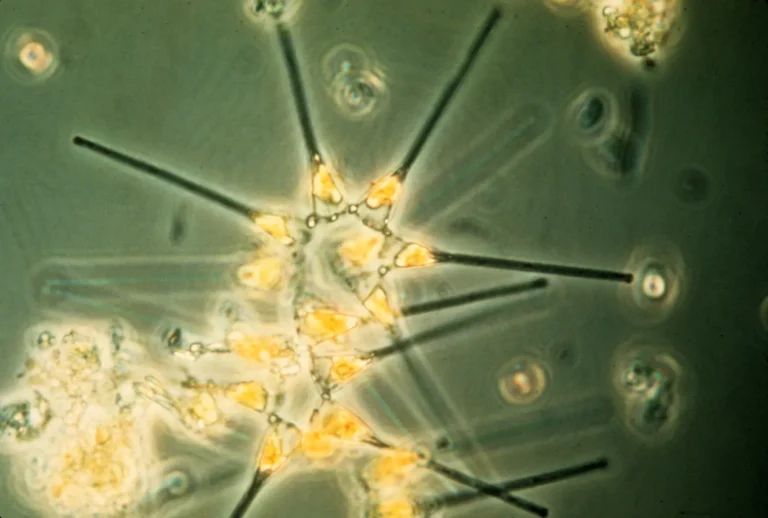Groundhog Vs Badger Holes, Size, Weight, Overall Comparison
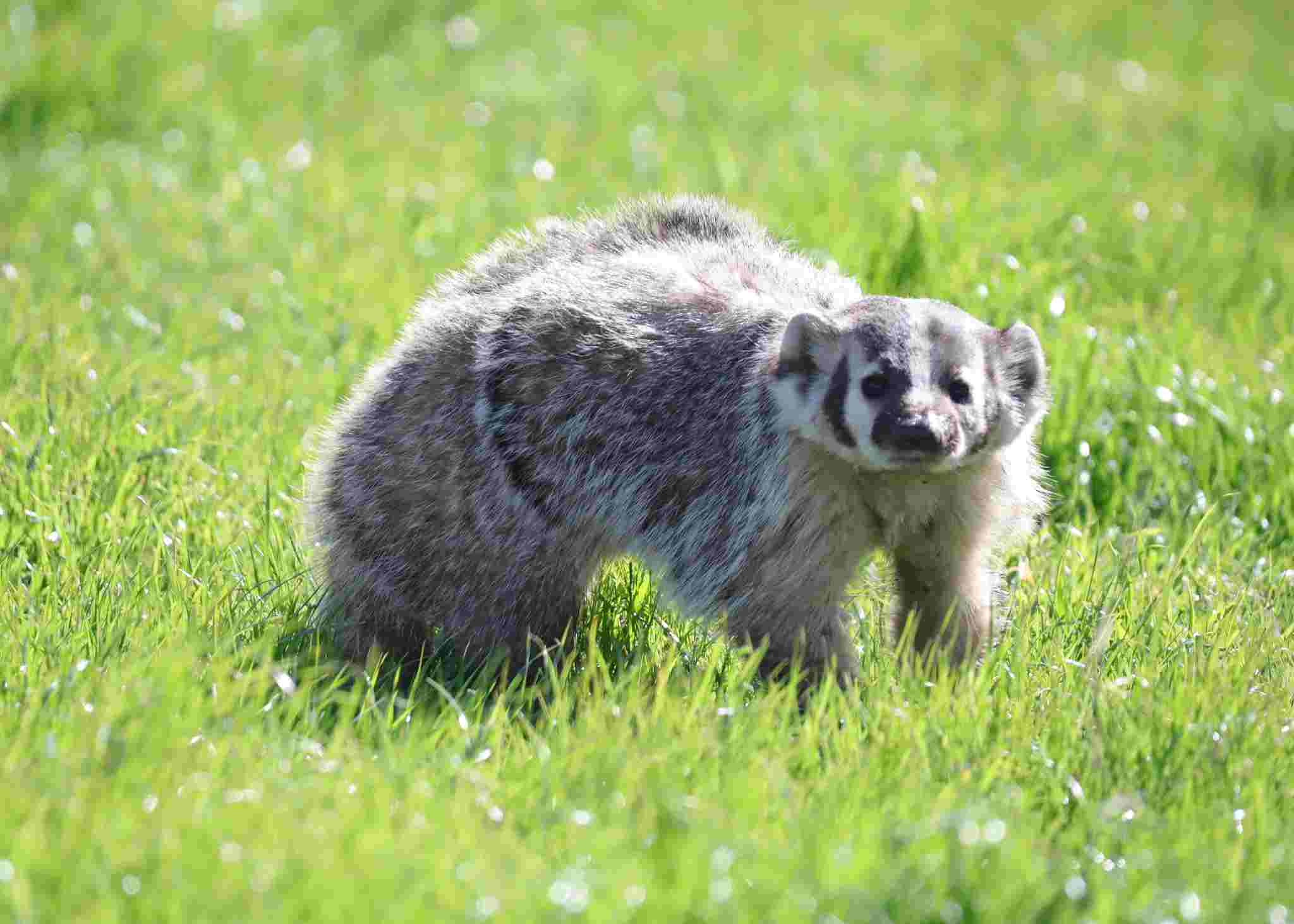
*Details of Comparison
| Criteria | Groundhog | Badger |
| Taxonomy | Rodentia, Sciuridae, M. monax |
Carnivora, Mustelidae, T. taxus
|
| Appearance | Stocky, brown/gray fur |
Stout, black and white pattern
|
| Size | 16-26 inches | 24-34 inches |
| Weight | 4-9 pounds | 15-26 pounds |
| Bite Force (PSI) | Limited information | ~700 PSI |
| Physical Offense | Strong claws, quick movements |
Powerful jaws, sharp teeth
|
| Physical Defense | Vigilant, burrow retreat |
Thick skin, aggressive behavior
|
| Speed | Up to 8 mph |
Up to 19 mph (short bursts)
|
| Agility | Climbs, swims |
Agile in digging, varied terrains
|
| Senses | Hearing, smell; better vision |
Keen smell, hearing, limited vision
|
| Physical Capacity | Excels in burrows |
Combines digging with hunting
|
| Habitat & Region | Open areas, North America |
Grasslands, woodlands, global
|
| Tracks | Distinguishable, claw marks |
Broad, sturdy, claw marks
|
| Lifespan | 3-6 years | Up to 14 years |
| Feeding | Herbivorous |
Carnivorous, omnivorous diet
|
| Intelligence | Moderate |
Considered more intelligent
|
| Social Behavior | Mostly solitary |
Solitary or loose family groups
|
| Reproduction | Polygynous, varying seasons, gestation |
Polygynous, promiscuous mating, delayed implantation
|
| Parental Behavior | Maternal care in burrows |
Maternal care in shared burrows
|
| Proximity to Humans | Common in suburbs |
Rural areas, may contact humans
|
| Behavior Toward Humans | Generally avoids, defensive if provoked |
Generally avoids, defensive if provoked
|
| Danger to Humans | Minimal danger |
Rarely poses threat, can be aggressive
|
| Precautions | Garden protection, avoidance |
Avoidance, refraining from provocation
|
| Conservation Status | Not of concern | Variable by region |
